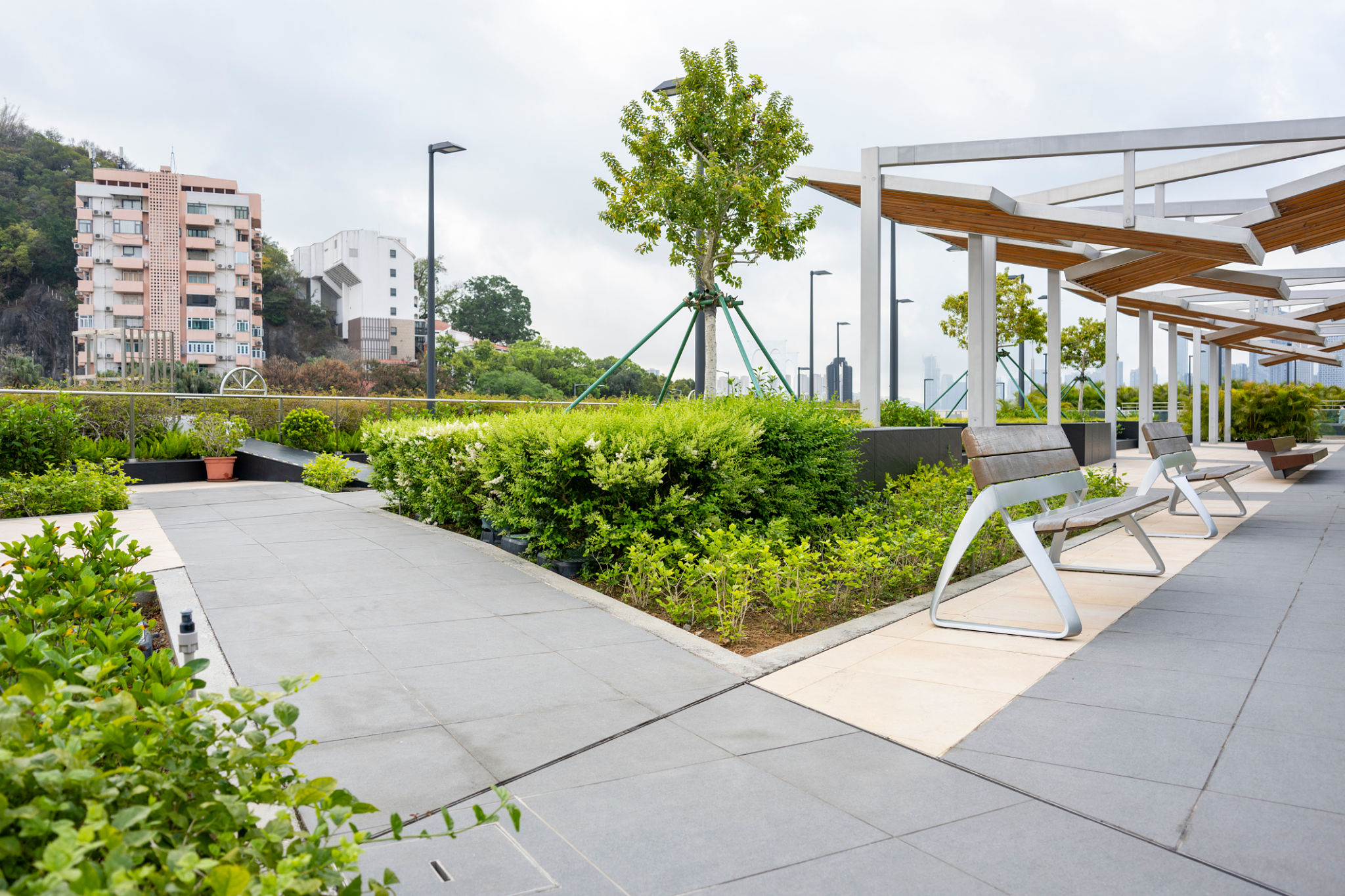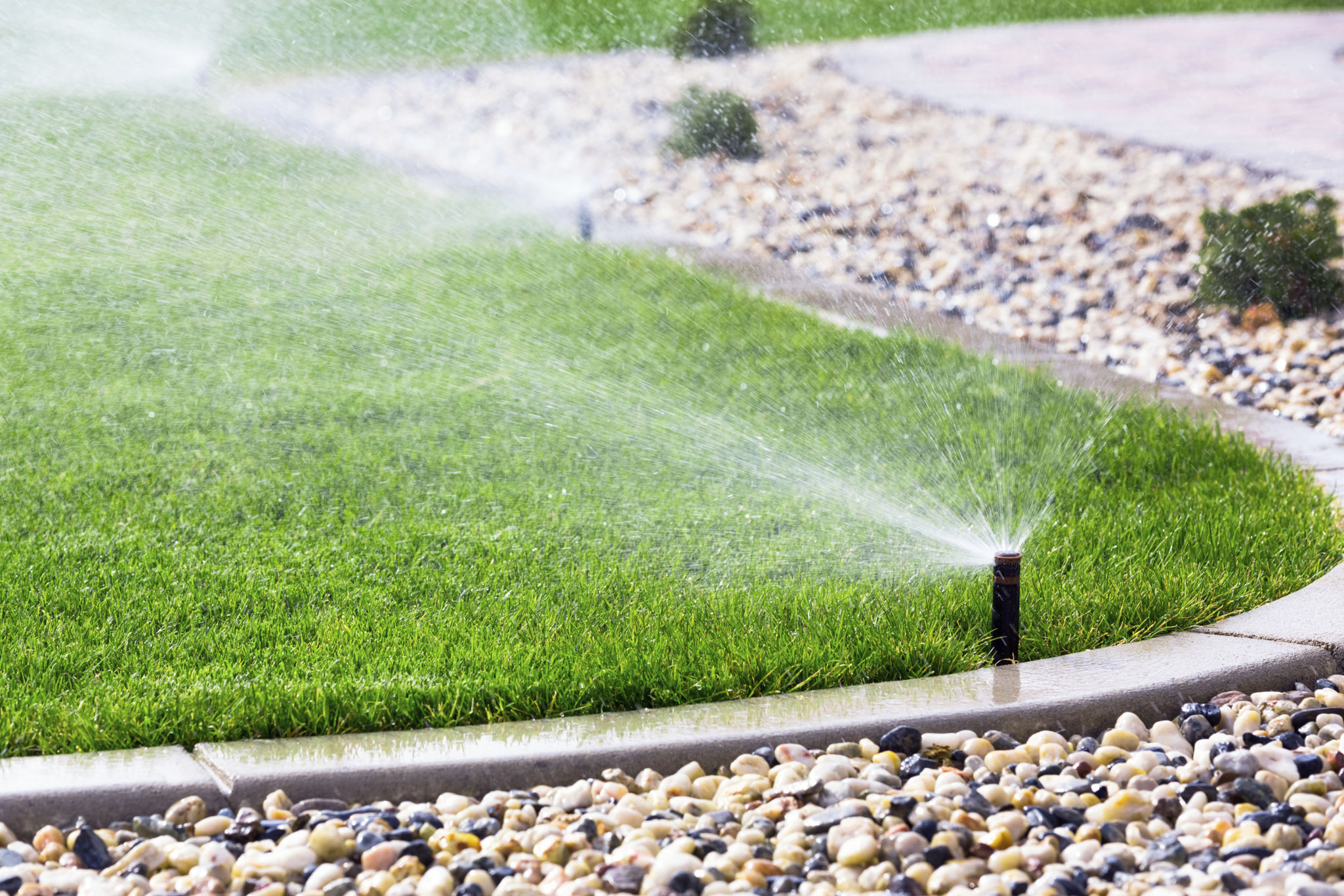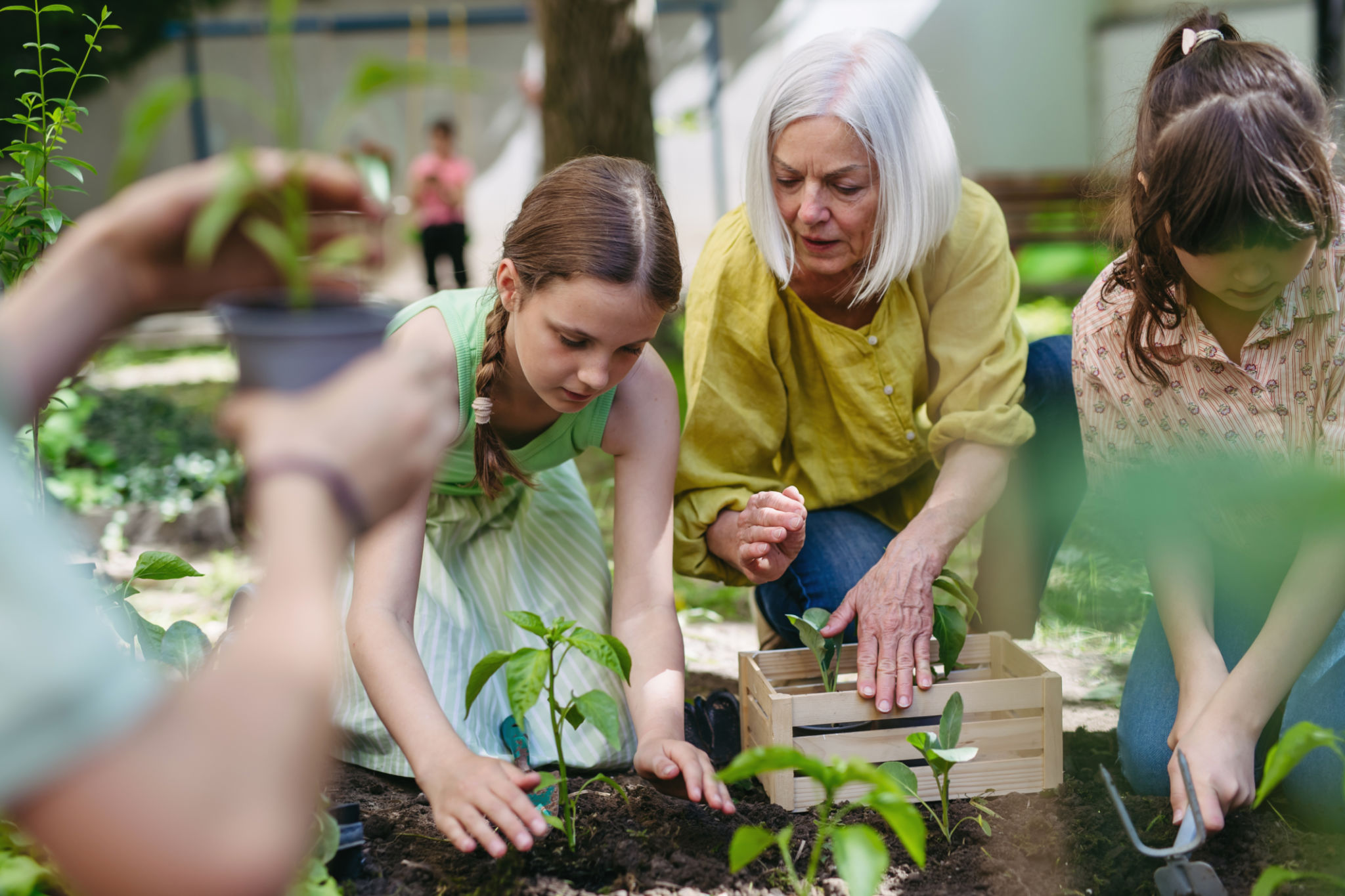The Latest Trends in Sustainable Commercial Landscaping
Understanding Sustainable Landscaping
Sustainable commercial landscaping has become a crucial aspect of modern design, focusing on environmental stewardship and resource efficiency. The goal is to create aesthetically pleasing landscapes that require minimal resources such as water, fertilizers, and energy while promoting biodiversity. This approach not only benefits the environment but also enhances the corporate image of businesses committed to sustainability.

Native Plant Selection
One of the key trends in sustainable commercial landscaping is the use of native plants. Native species are inherently adapted to the local climate and soil conditions, reducing the need for excessive irrigation and chemical interventions. By choosing plants that thrive naturally in their environment, businesses can create lush landscapes that require minimal maintenance.
Additionally, native plants support local wildlife, including pollinators like bees and butterflies, which are crucial for maintaining ecological balance. This approach not only beautifies the space but also contributes to the conservation of local ecosystems.
Water-Efficient Irrigation Systems
Water conservation is a critical aspect of sustainable landscaping. Modern irrigation systems such as drip irrigation and smart controllers are designed to minimize water usage while ensuring that plants receive the necessary hydration. These systems can be programmed to adjust water delivery based on weather conditions, soil moisture levels, and plant needs, making them both efficient and cost-effective.

Incorporating Green Infrastructure
Green infrastructure is another major trend in sustainable landscaping, integrating natural systems with built environments. Features such as green roofs, rain gardens, and permeable pavements help manage stormwater runoff, reduce urban heat islands, and improve air quality. These elements not only enhance the visual appeal of a commercial space but also provide functional environmental benefits.
By incorporating green infrastructure, businesses can demonstrate their commitment to environmental responsibility while creating more inviting outdoor spaces for employees and visitors.
Use of Recycled and Sustainable Materials
The choice of materials in landscaping projects is increasingly leaning towards sustainable options. Recycled materials like crushed concrete or reclaimed wood are being used for pathways, seating areas, and decorative elements. These materials not only reduce waste but also add unique character to the landscape design.

Technological Innovations in Landscaping
Technology plays a significant role in advancing sustainable landscaping practices. Automated lighting systems powered by solar energy, for example, reduce electricity consumption while enhancing safety and aesthetics during nighttime. Additionally, landscaping software allows for precise planning and management of green spaces.
These technological innovations ensure efficient use of resources and help maintain landscapes with minimal environmental impact.
Community Engagement and Education
Engaging the community in sustainable landscaping efforts is becoming increasingly popular. Businesses are hosting workshops and educational events to inform people about the benefits of sustainable practices and how they can be implemented in both commercial and residential settings. This not only raises awareness but also fosters a sense of shared responsibility towards environmental conservation.

The Future of Sustainable Landscaping
The trend towards sustainable commercial landscaping is likely to continue growing as businesses recognize the benefits of eco-friendly practices. As technology advances and more innovative solutions become available, the possibilities for creating sustainable landscapes will expand. Ultimately, these efforts contribute to a healthier environment and a more sustainable future for all.
